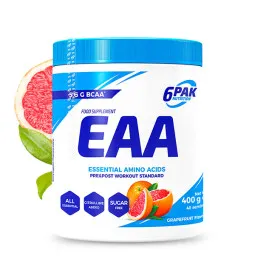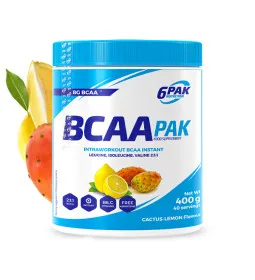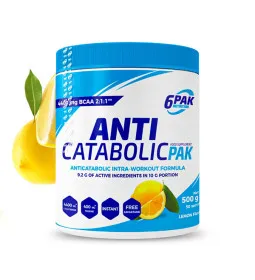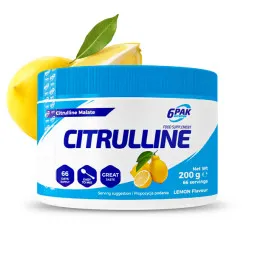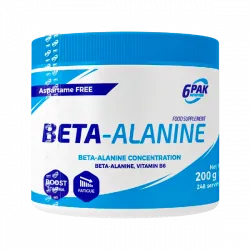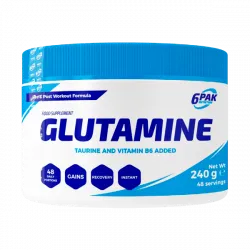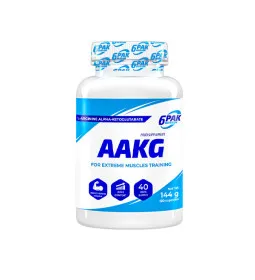EAA Amino Acids - 400g
EAA is a complex of exogenous amino acids, available in four delicious flavors. It contains 8 essential exogenous amino acids and 2 relatively essential amino acids. The product is recommended to every physically active person.
- BESTSELLER
